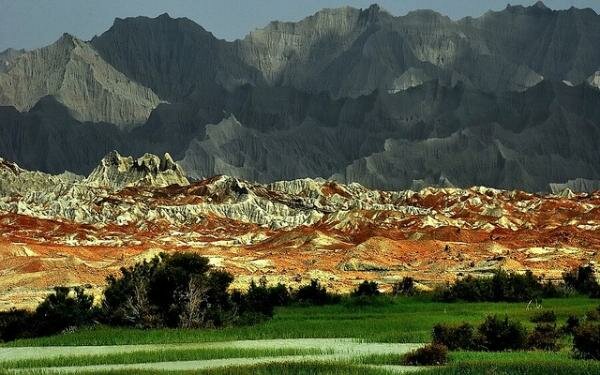| Pakistan's Baloch Insurgency: History, Conflict Drivers, and Regional Implications |

By Mickey Kupecz
The Baloch people are a unique ethno-linguistic group spread between Afghanistan, Iran, and Pakistan. Throughout history they have been the victims of
marginalization within their respective countries. This analysis begins by detailing the low-level insurgency the Pakistani Baloch have fought against the federal
government of Pakistan since 2004. It then presents the drivers of historical conflict including tribal divisions, the Baloch-Pashtun divide, marginalization by Punjabi
interests, and economic oppression. The contemporary conflict drivers are then examined, which include the construction of the Gwadar mega-port, oil revenues, the
war in Afghanistan, and repression by the Pakistani government. The Baloch insurgency will then be placed in a larger regional and global context. By examining the
conflict drivers in Pakistani Balochistan and its implications for South Asia, it is clear that while a complete cessation of the conflict is unlikely, ensuring the conflict
remains limited is an important element for stability in Pakistan and the region more broadly.
About the author:
Mickey Kupecz is an M.A. candidate in International Security at the University of Denver’s Korbel School of International Studies where he is a Sié Fellow. His degree
focuses on the South Asia region, particularly Pakistan. His functional interests include ethnic conflict, terrorism, and stability operations. He has interned at the New
America Foundation’s Middle East Task Force, as well as at the Center for Complex Operations at the National Defense University.
Download a PDF version of this article : >>
SOURCE: http://www.iar-gwu.org/node/416
The Baloch people are a unique ethno-linguistic group spread between Afghanistan, Iran, and Pakistan. Throughout history they have been the victims of
marginalization within their respective countries. This analysis begins by detailing the low-level insurgency the Pakistani Baloch have fought against the federal
government of Pakistan since 2004. It then presents the drivers of historical conflict including tribal divisions, the Baloch-Pashtun divide, marginalization by Punjabi
interests, and economic oppression. The contemporary conflict drivers are then examined, which include the construction of the Gwadar mega-port, oil revenues, the
war in Afghanistan, and repression by the Pakistani government. The Baloch insurgency will then be placed in a larger regional and global context. By examining the
conflict drivers in Pakistani Balochistan and its implications for South Asia, it is clear that while a complete cessation of the conflict is unlikely, ensuring the conflict
remains limited is an important element for stability in Pakistan and the region more broadly.
About the author:
Mickey Kupecz is an M.A. candidate in International Security at the University of Denver’s Korbel School of International Studies where he is a Sié Fellow. His degree
focuses on the South Asia region, particularly Pakistan. His functional interests include ethnic conflict, terrorism, and stability operations. He has interned at the New
America Foundation’s Middle East Task Force, as well as at the Center for Complex Operations at the National Defense University.
Download a PDF version of this article : >>
SOURCE: http://www.iar-gwu.org/node/416
